Understanding Processed Food
The Truth About Processed Food - washing, canning, freezing, Baking, cooking, preparing
You can’t really avoid it, and that’s not necessarily a bad thing. Processed food is food that’s changed in any way from its natural state. That includes washing, canning, freezing, or adding ingredients to it. Baking, cooking, or preparing it counts as processing, too.
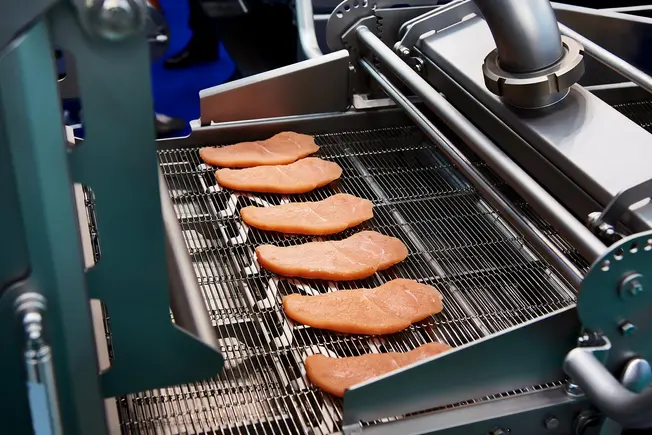
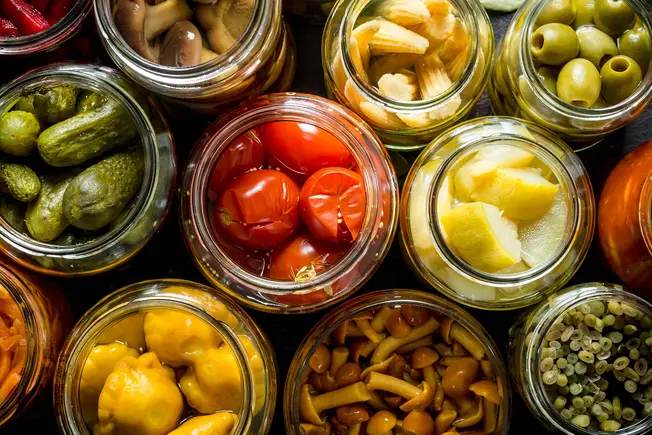
Benefits: Preservation
Canning or freezing some fruits and vegetables can help them stay fresh for a long time. Pasteurizing milk and cheese lengthens their shelf life. Similarly, vacuum-packing can keep meat from spoiling. All of these also help cut down on waste.
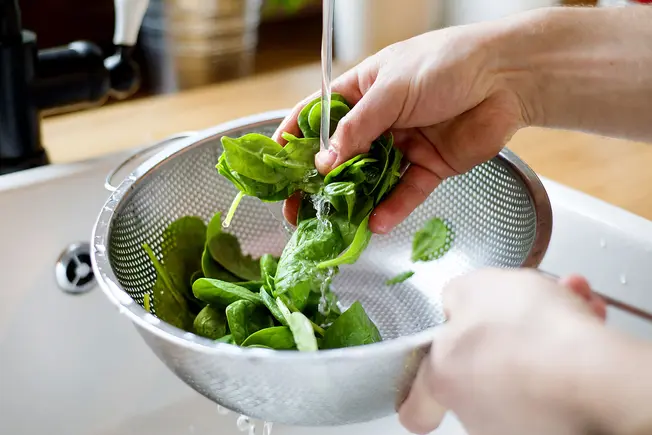
Benefits: Healthy Eating
Washing and bagging vegetables like lettuce and spinach makes them easier to prepare and eat. Canning fruits in water or their own juice locks in freshness and nutrients. Added ingredients like fiber, calcium, and vitamin D can also make some foods better for you.
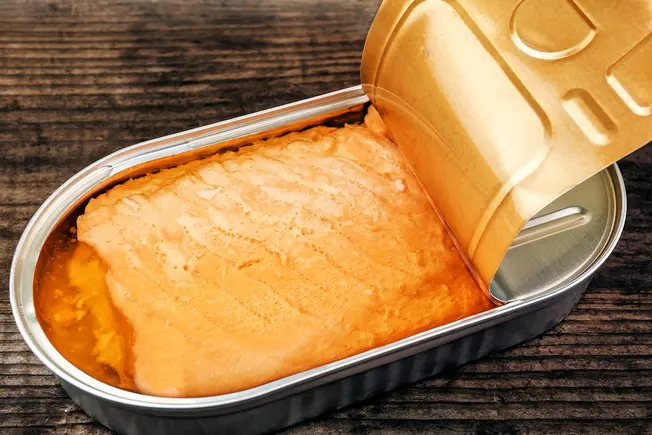
Other Healthy Processed Foods
In addition to fruits and vegetables, other processed foods that can be part of a healthy diet include tuna and salmon in cans or ready-to-eat pouches, yogurt, cottage cheese, and roasted nuts.
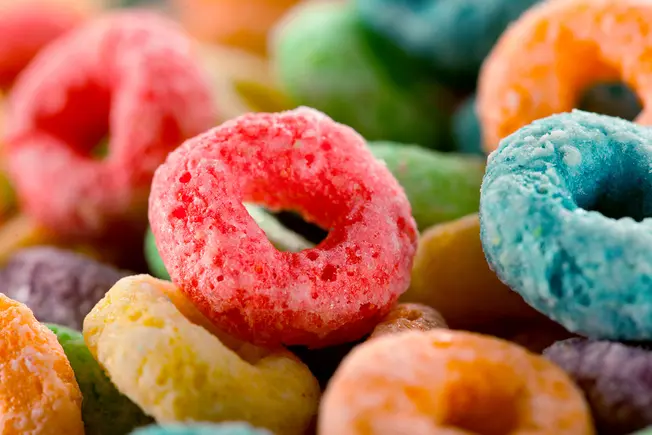
What Is Heavily Processed Food?
Heavily -- or ultra -- processed foods have unhealthy ingredients added to make them more appealing or make them last longer. Those ingredients include things like salt, sugar, artificial colors, flavorings, and preservatives. One study found that ultra-processed foods make up about 60% of the calories in the American diet.
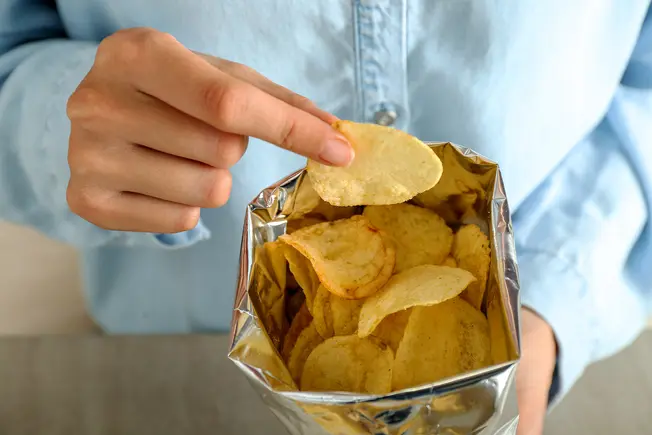
Unhealthy Processed Foods
The worst processed foods for your diet are typically ready-to-eat and low in nutrients. They include cookies, sugary drinks, deli meats, and frozen pizza, salty snacks like chips, and most breakfast cereals. These foods may taste good, but they’re loaded with added ingredients that aren’t good for you.
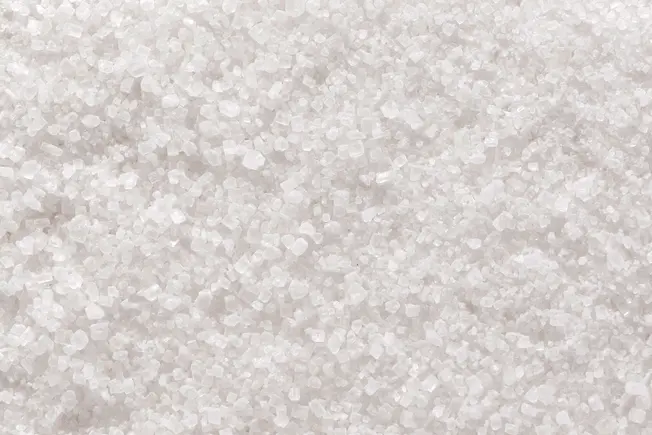
What to Watch For: Sodium
Sodium is often used to keep food fresh. Even if you’re careful about adding it to your food, it’s probably already there, thanks to processing. Americans get close to 70% of the salt they eat from processed food and restaurant food.
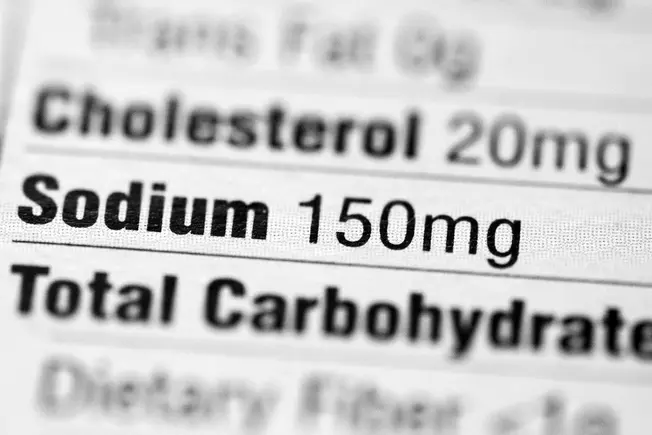
How to Keep Sodium in Check
You can control how much sodium you get by simply reading labels. Look for ones that say no sodium or reduced sodium. Anything with more than 600 milligrams of it per 100 grams of serving size is considered high, while 300 milligrams or less is low. Keep in mind that sodium can also go by different names, like monosodium glutamate or disodium phosphate.

‘The Salty Six’
Be especially careful with these foods:
- Pizza: One slice with lots of toppings can give you half your suggested daily amount of salt.
- Bread and rolls: Even if there’s not a lot in one piece of bread or one roll, it can add up if you eat bread often.
- Sandwiches: One fast-food sandwich or burger can give you your total daily amount of salt.
- Cold cuts and cured meat: It takes about 6 thin slices to get half your recommended daily amount.
- Canned soup: One cup can have half the salt you need for the day.
- Burrito and taco fillings: These meats and cheeses can be loaded with salt.
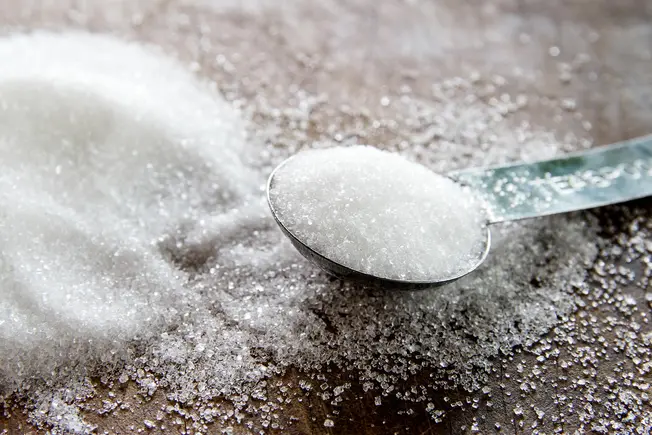
What to Watch For: Sugars
Like salt, sugar is commonly added during processing. It’s used to make foods taste better or improve texture. It shows up in things you’d expect, like cereal and baked goods. But it can also be in things like pasta sauce. Almost 90% of added sugar in Americans’ diets comes from highly processed foods.

How to Keep Sugar in Check
As with salt, you can control how much sugar you get by reading labels. For a 2,000-calorie diet (a typical adult diet), you should aim for less than 50 grams of added sugar, or 200 calories, each day (less than 10% of total daily calories should come from added sugars). Check the ingredients, too. Certain ones should give you pause. These include corn syrup, high-fructose corn syrup, honey, agave nectar, cane sugar, evaporated cane juice, coconut sugar, dextrose, malt syrup, molasses, and turbinado sugar.
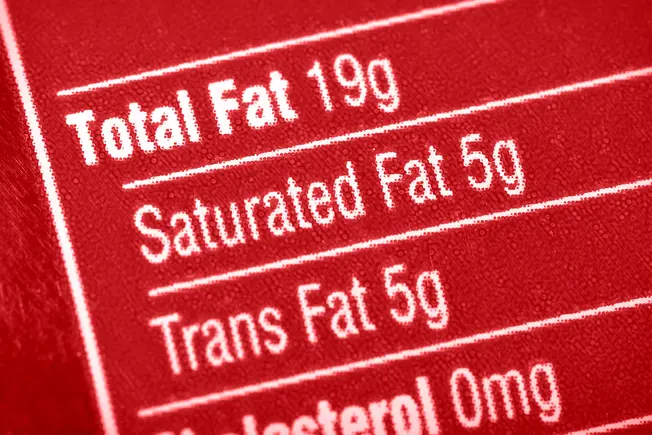
What to Watch For: Trans Fat
Found in processed foods like baked goods, salty snacks, and margarine, trans fat can affect your cholesterol and lead to inflammation that’s linked to heart disease, stroke, and other conditions. Recent government rulings have made trans fat increasingly difficult to find, but read labels: More than 5 grams per 100 grams of serving size is high. Also know that even if a product's label says it has 0 grams of trans fat, it can have up to 0.5 grams of it.

Cooking at Home
Preparing your own food lets you decide the ingredients and the amounts of them that go into it. If you don’t have the time -- or the skills -- for that, frozen meals aren’t necessarily as bad as they once were. While these are still processed, some food companies are using fewer unhealthy ingredients in them. It’s still important to read the labels, but they aren’t all bad for you.

Tips for Eating Out
While you don’t have as much control as you would at home, you can do some things to avoid ultra-processed food when you’re out. For example, you might ask your server which dishes are made at the restaurant and not brought in prepackaged. You could also request bottled dressings, sauces, or condiments on the side.
Top Foods High in Iron
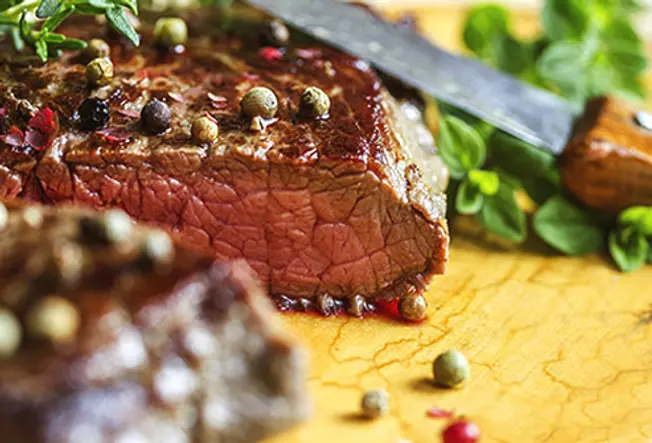
Beef
If you're a meat lover, beef is a great way to get some iron. Grill 6 ounces of sirloin steak for a meal that serves up 3.2 grams of this important mineral.
How much iron do you need each day? It depends on your age and sex. Men need 8 milligrams (mg). Women should get 18 mg up to age 50, but only 8 after that. If you're pregnant, you need as much as 27.
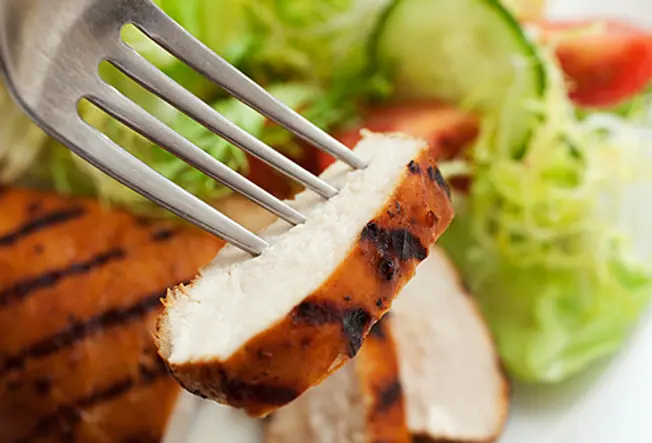
Poultry
What if you don't eat red meat? Don't worry. Poultry is a good source of iron, too. Try turkey, chicken, or duck.
A 3-ounce serving of duck has 2.3 mg of iron. The same amount of chicken or turkey gives you 1 mg.
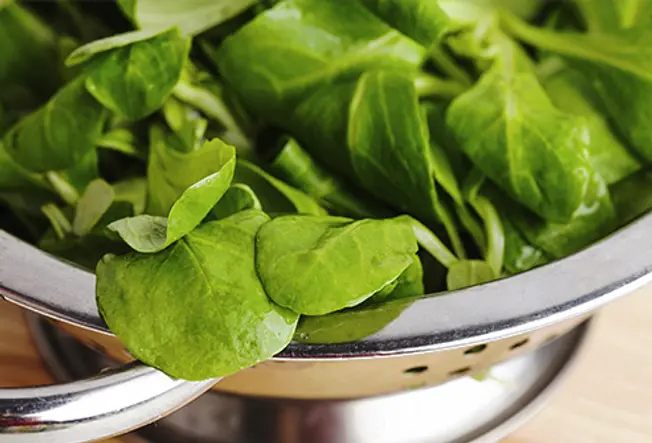
Dark, Leafy Greens
If you're looking for a tasty side dish, spinach, kale, and collards can give you an iron boost. There are lots of ways to prepare them. Steam, sautée, or chop and add to your salad. You can even blend them into a smoothie.

Fish
It's a high-protein, low-fat way to add iron to your diet. And it doesn't matter if it's from a farm or caught in the wild. Tuna, sardines, mackerel, and haddock are good sources of the mineral.
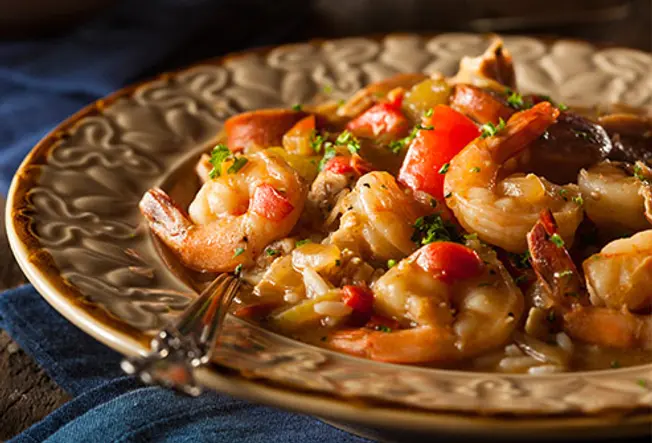
Shrimp and Oysters
Do you have a weakness for a big bowl of gumbo? You can satisfy your craving and get some iron, too. Shrimp and oysters are packed with it.
Toss in some brown or enriched rice and you'll turn it into an iron-rich treat.

Vegetarian Delights
If you don't eat meat, you can still get your iron. Tofu is a good choice. Or go for beans, like kidney, garbanzo, or white.
Food from plants has "non-heme" iron, which means your body doesn't absorb it as well as the "heme" type found in meat.
Wash down your vegetarian meal with a drink that has vitamin C. It helps you take in iron better.
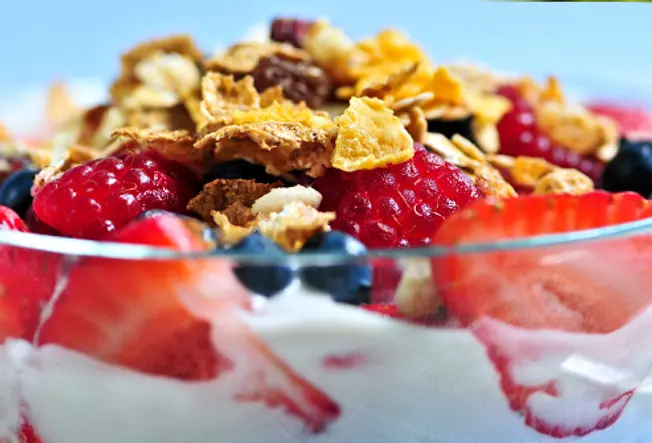
Cereal
Breakfast is a great time to load up on iron. Cream of wheat or bran and oat cereals all are good ways to do it. Give yourself an extra boost by adding sliced strawberries.
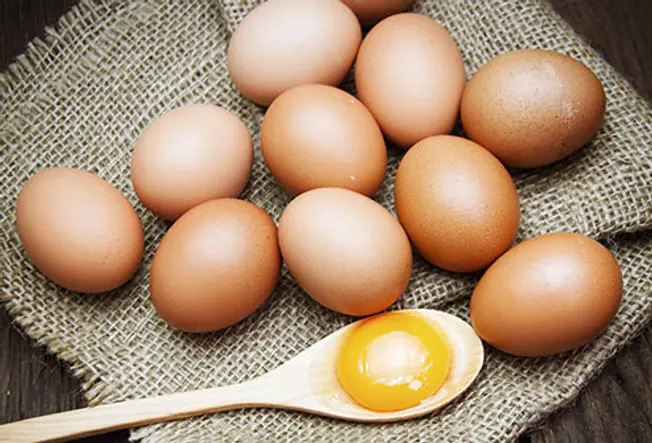
Eggs
Scrambled, boiled, or sunny-side up, whichever way you cook them, you'll get a healthy dose of iron. Enriched white or wheat bread can add some more, so have a slice of toast on the side.
But if you drink coffee or hot tea with it, you may lose some of the benefit. They keep you from absorbing iron as well.
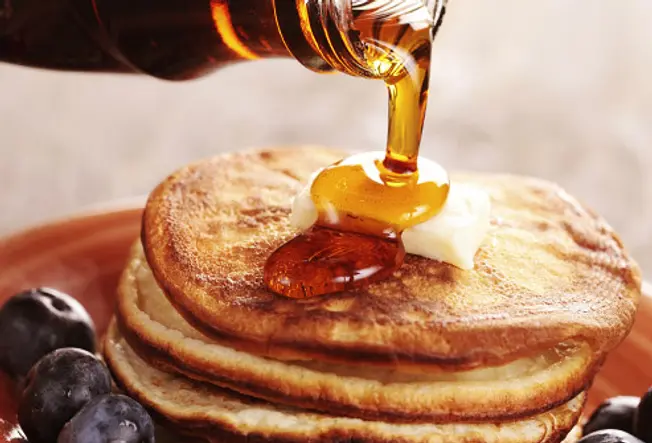
Syrup Surprise
You'll find iron in some unexpected places. You can give yourself an extra helping when you use molasses on your pancakes. Molasses are rich in iron.

Nuts and Dried Fruit
Make your own trail mix for an iron-rich snack. Start with cashews or pistachios. Add dried fruit like raisins, prunes, dates, or peaches.
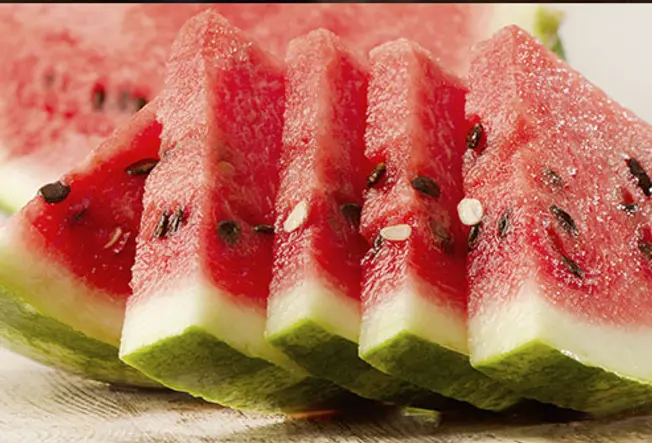
Fresh Fruit
Watermelon is more than a refreshing summertime treat. One small slice can give you .69 mg of iron. Five medium figs have 1 mg of iron while a banana is good for .36 mg.

Chocolate
Go ahead, indulge your sweet tooth! You can pick up some iron when you nibble on dark chocolate. A 3-ounce piece gives you 7 mg.





Leave a comment